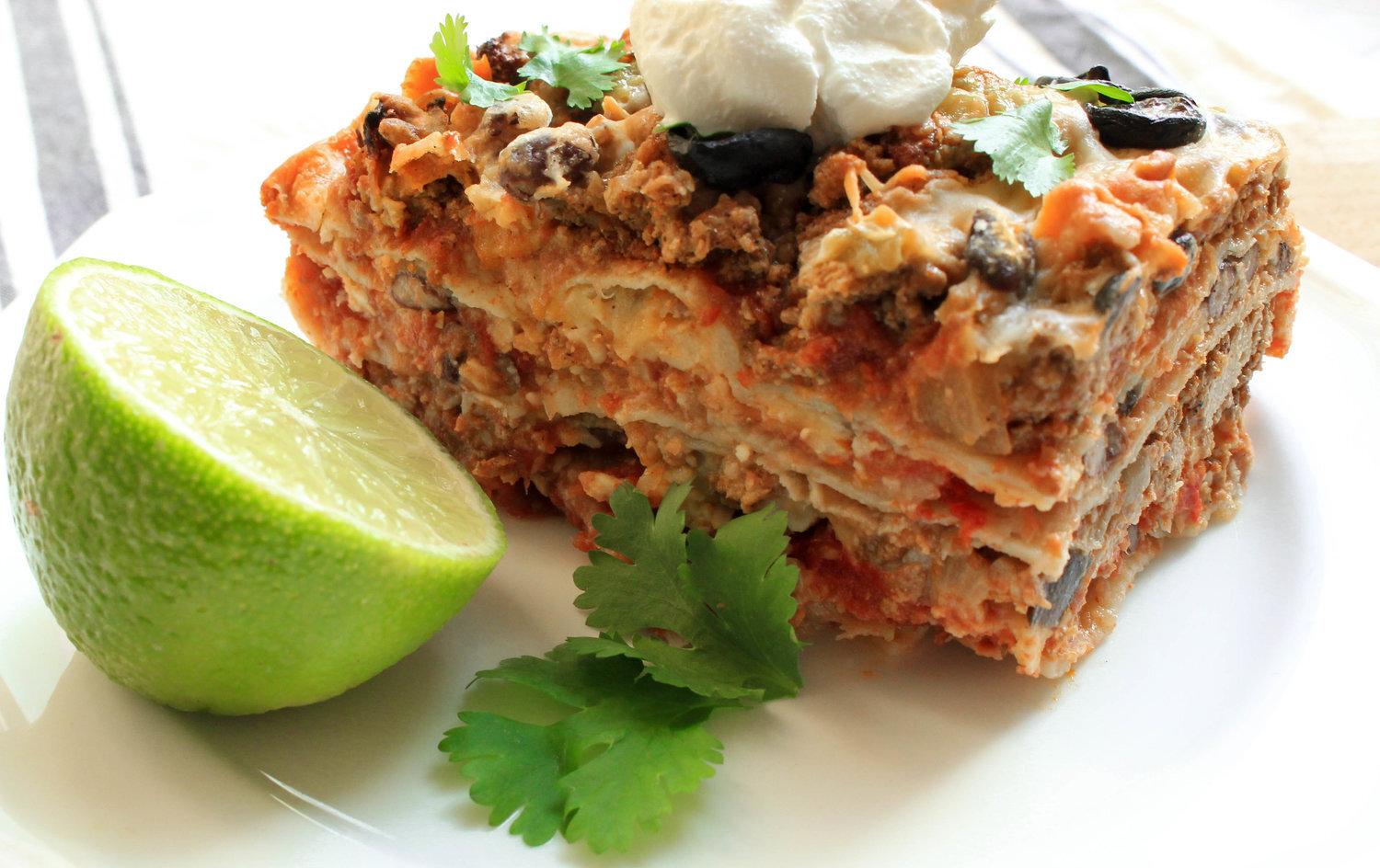With the rise of COVID-19, schools closing, shelter-at-home initiatives, and employees being encouraged to work from home, life looks very different for many of us. Although I stay home part-time and my work schedule is already atypical, I’ve had to shift how I cook for some clients and others feel most comfortable canceling. So needless to say, my small business is seeing an impact. So I have a little more time to get some resources out to you all, and I want to start by giving you some yummy freezer meals to help encourage you to grocery shop less frequently to further aid in slowing the spread of COVID-19. I’m guessing you are having to prepare a lot more food than normal with working from home and/or having your kids home for lunch. These meals are all family friendly, can be prepared in advance, and offer a good nutritional punch in order to help you rest assured that your family’s nutritional health is being well taken care of. If you have young toddlers who may not particularly care for a meal, my suggestion is to have them take one bite in order to give them exposure to more tastes/textures. Then if there is something they would be willing to eat from the meal (ex: cubed chicken or broth and carrots) have them eat that. As a nutritionist I don’t recommend giving your child free range of meal time; being a short order cook is not fun! If they are hungry they will eat. And if they aren’t hungry enough you may need to consider how many snacks are being offered between meals. Make sure to read how to best prepare and store these as freezer meals. If you use wide-mouth mason jars I highly recommend getting this affordable wide-mouth funnel. Trust me when I say: IT IS A LIFE SAVER for easy transfers and no-mess!
SLOW COOKER MEALS:
Curried Butternut Squash Soup (Instant Pot option)
Vegetable Soup with Beef (Instant Pot option)
Chicken Chili (Instant Pot option)
Slow Cooker Pulled Pork (Instant Pot option)
Preparation and storage tip: My recommendation is to prepare these recipes as the directions indicate. Then simply portion soups into wide-mouth mason jars (filling 3/4 full to leave room to expand) and the pulled pork into 2-3 separate containers for easy meals. Let everything cool for at least 20 minutes prior to putting any lids on. Then, transfer to the refrigerator to cool for a few more hours or overnight and then you can move the containers to the freezer. Thaw each meal in the refrigerator for 24 hours then reheat in the microwave or stove-top.
BAKED MEALS:
Broccoli, Cheddar and Quinoa Tuna Casserole (can easily substitute rice for quinoa)
Oven Baked Meatballs with Marinara Sauce (you can use a store bought marinara to simplify if you wish!)
Preparation and storage tip: My recommendation is to prepare these recipes (excluding the meatballs) up until the baking step. For the two casseroles use a 2-quart casserole pan (glass or ceramic are best). For freezing purposes I like these Pyrex storage dishes as they have a lid, stack well, and are oven safe. For the lasagna and shepherd’s pie use 9x13 inch casserole pans for large families OR use 2, 8x8 inch pans (or the Pyrex dishes linked above). If your pan doesn’t have a lid, make sure to wrap the pan in plastic wrap and then aluminum foil (adding a rubber band or two will help everything stay in place). Thaw each meal in the refrigerator for 24 hours prior to baking according to the recipe’s directions.
For the meatballs, prepare according to the directions then transfer cooked meatballs to a container to cool in the refrigerator. After 2-3 hours of cooling (or overnight), transfer the meatballs to a freezer gallon plastic bag. Simply remove however many meatballs you need at a time and reheat in the microwave or oven.
STOVE TOP MEALS:
Preparation and storage tip: Prepare each recipe according to the directions. The chili and soups are best stored in wide-mouth mason jars (filled 3/4 way full). Thaw each meal in the refrigerator for 24 hours then reheat in the microwave or stove-top. Store the chicken fried rice in individual servings or one large container. I really like these Glasslock containers. My husband bikes to work (pre-coronavirus) and has never had these containers leak. To prevent freezer burn fill up the container as much as possible in order to leave little room for air.
BREAKFAST & SNACK IDEAS:
Preparation and storage tip: Prepare each recipe according to the directions. If you have freezer room, I recommend doubling these recipes. It saves time in the long run! Cool everything completely prior to storing. For the muffins, granola, and cookies, I recommend storing them in a large plastic freezer bags. Make sure to remove as much air as possible to avoid freezer-burn. For the pancakes, I recommend layering small pieces of parchment or wax paper in between each one and then storing in a few smaller containers or one large plastic freezer bag (remove as much air as possible). To enjoy muffins, cookies, granola, or pancakes simply remove however much you and/or your family plan to eat from the freezer, place on a plate and heat in the microwave for 30 seconds to 1 minute depending on the quantity. Enjoy granola straight from the freezer or let come to room temperature prior to eating. This granola recipe will also last up to 2 weeks in the pantry if you want to leave some out and freeze the rest.


